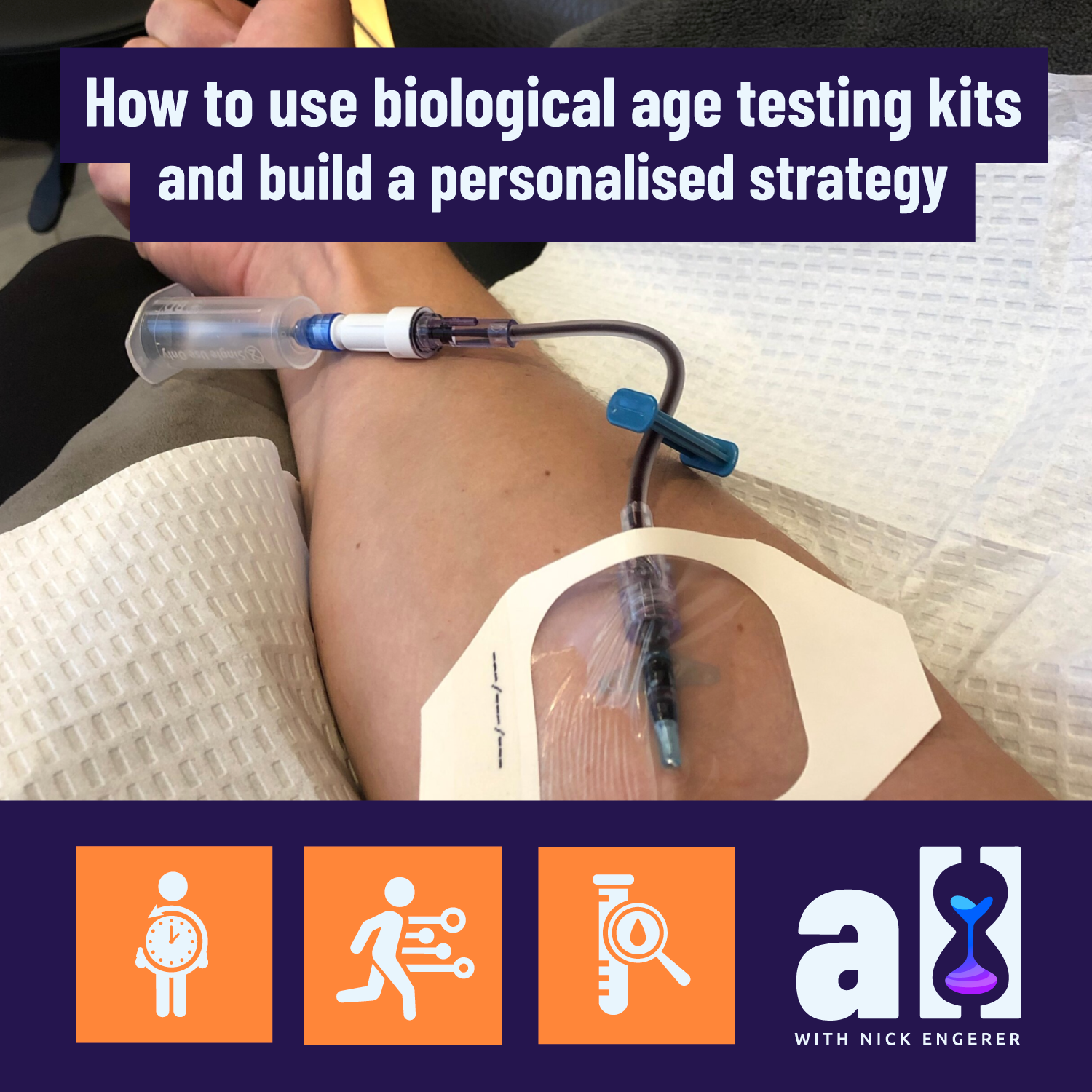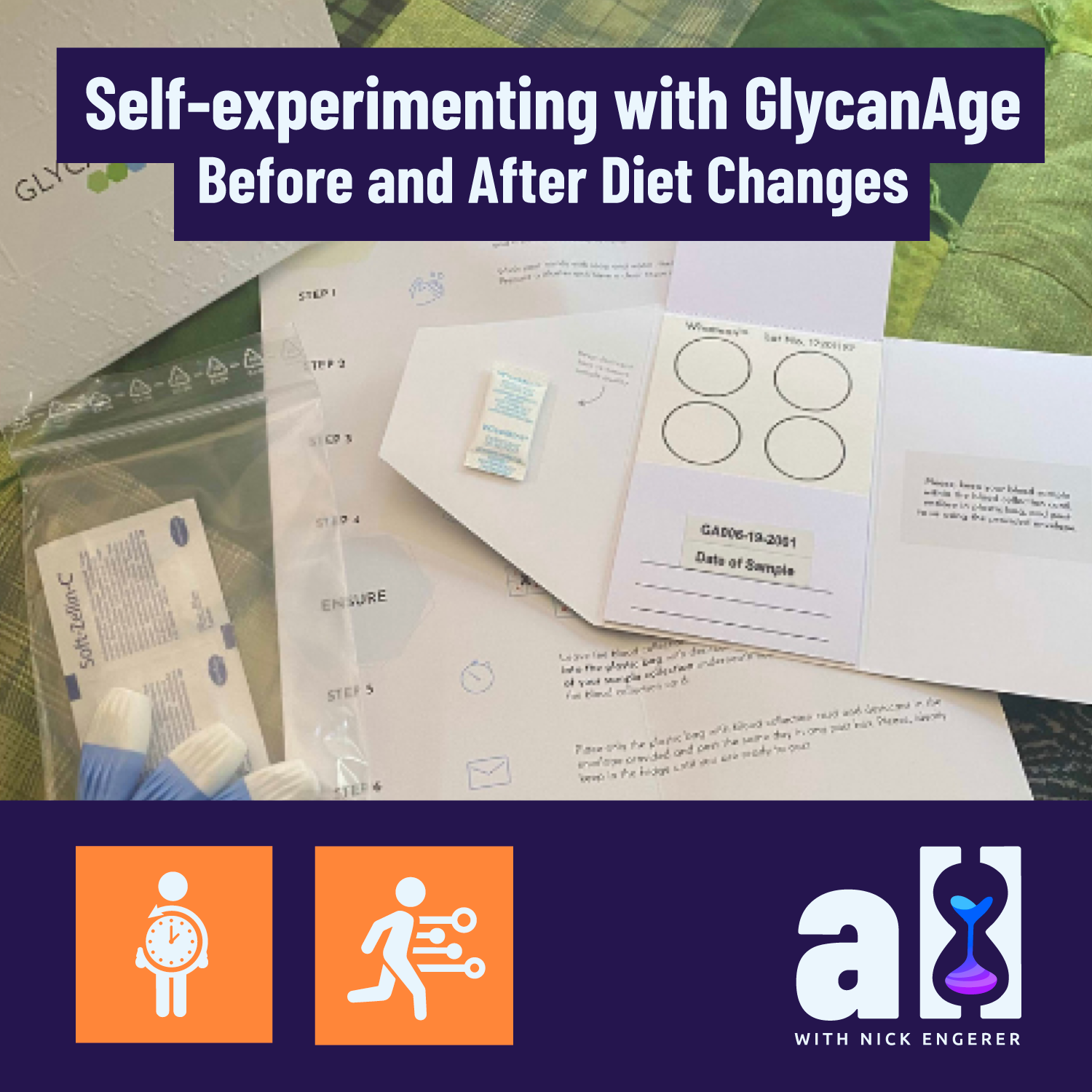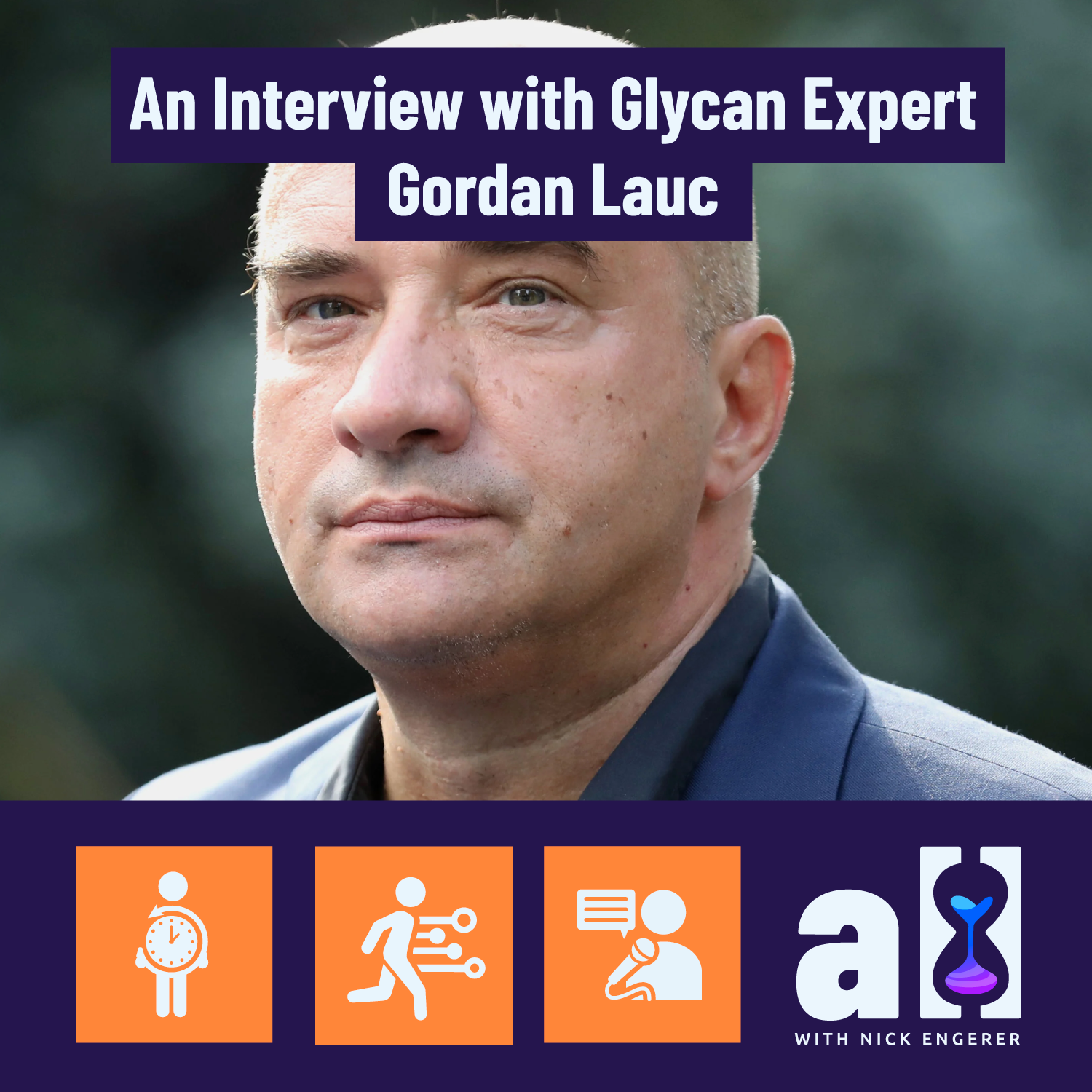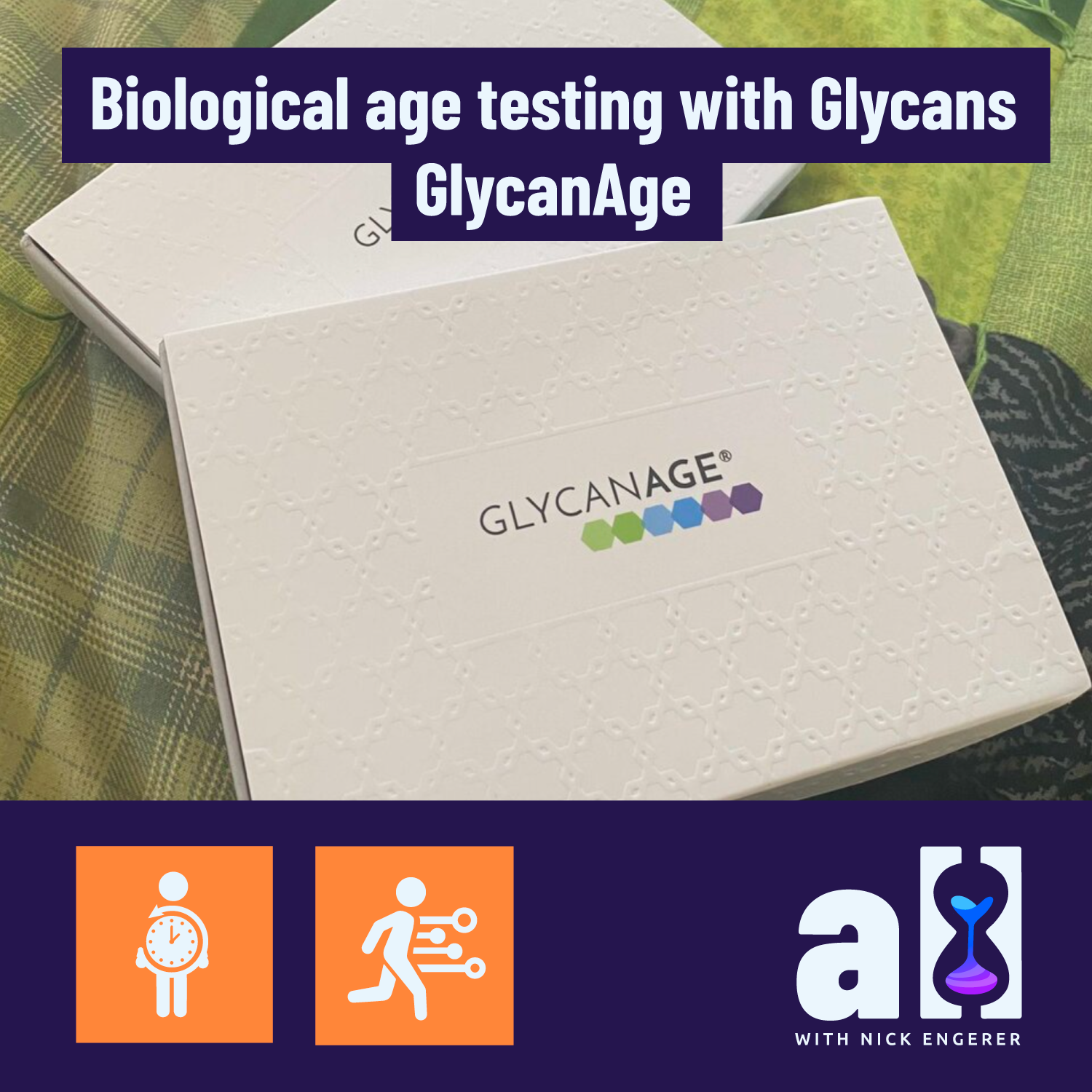
How to use biological age testing kits and build a personalised longevity strategy

Increasing plant diversity improves GlycanAge significantly - A self-experiment

Self-experimenting with GlycanAge - Before and after diet changes

How GlycanAge biological age testing works - An interview with Glycan expert Gordan Lauc

Biological age testing with Glycans - GlycanAge


